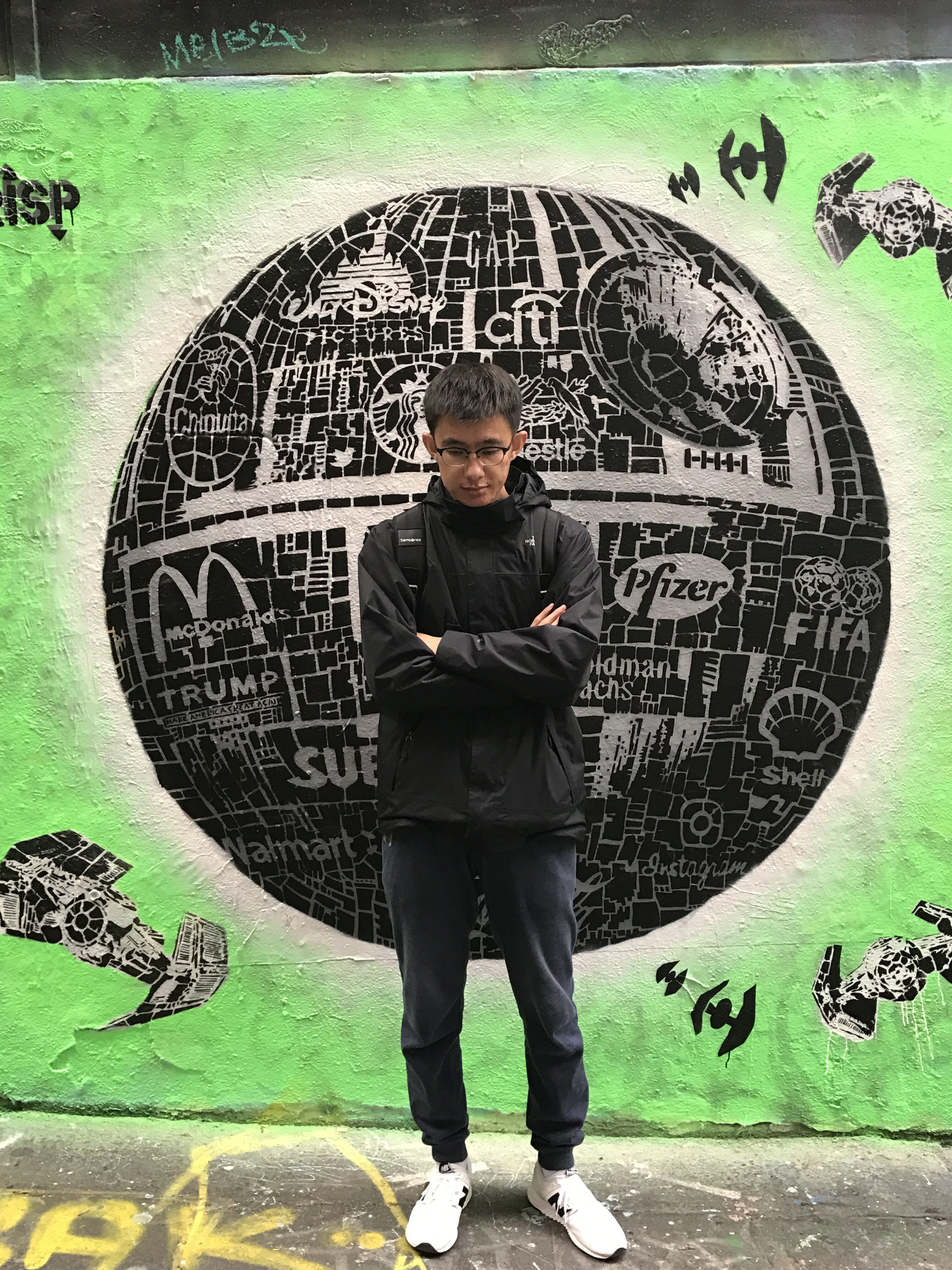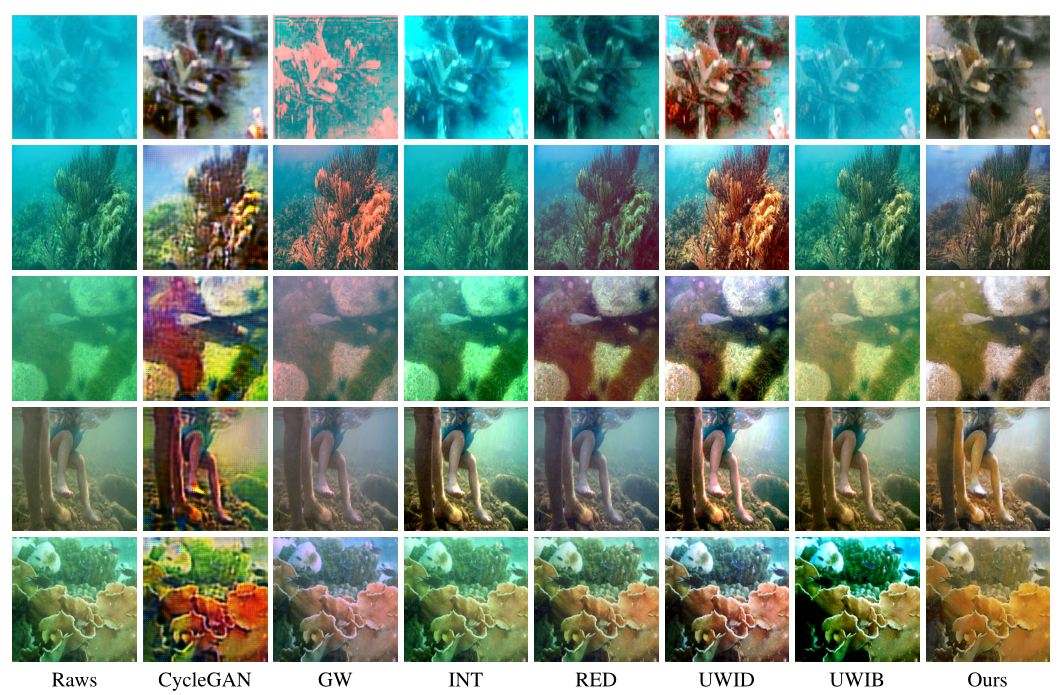
lichongyi25 @ gmail.com
[GitHub]
[DBLP]
[Google Scholar]
Emerging From Water
Introduction:
Underwater vision suffers from severe effects due to selective attenuation and scattering when light propagates through water. Such degradation not only affects the quality of underwater images but limits the ability of vision tasks. Different from existing methods which either ignore the wavelength dependence on the attenuation or assume a specific spectral profile, we tackle color distortion problem of underwater images from a new view. In this letter, we propose a weakly supervised color transfer method to correct color distortion. The proposed method relaxes the need for paired underwater images for training and allows the underwater images being taken in unknown locations. Inspired by Cycle-Consistent Adversarial Networks, we design a multi-term loss function including adversarial loss, cycle consistency loss, and SSIM (Structural Similarity Index Measure) loss, which makes the content and structure of the outputs same as the inputs, meanwhile the color is similar to the images which were taken without the water. Experiments on underwater images captured under diverse scenes show that our method produces visually pleasing results, even outperforms the art-of-the-state methods. Besides, our method can improve the performance of vision tasks.

Paper:
Chongyi Li, Jichang Guo, Chunle Guo, Emerging from Water: Underwater Image Color Correction Based on Weakly Supervised Color Transfer. [arXiv]
Results and User Study:
For the user study, the results of different methods were randomly displayed on the screen and compared with the corresponding raw underwater images. After that, we invited 10 participants who had experience with image processing to score results. There was no time limitation for each participant. Moreover, the participants did not know which results were
produced by our method. The scores ranged from 1 (worst) to 8 (best). As baseline, we set the scores of raw underwater images to 3. We expected the good result has high contrast and visibility, abundant details, in especial the color as if the image was taken without the water. On the contrary, the bad result has low visibility, over-enhanced regions, serious artifacts and noise, and inauthentic color.
References: